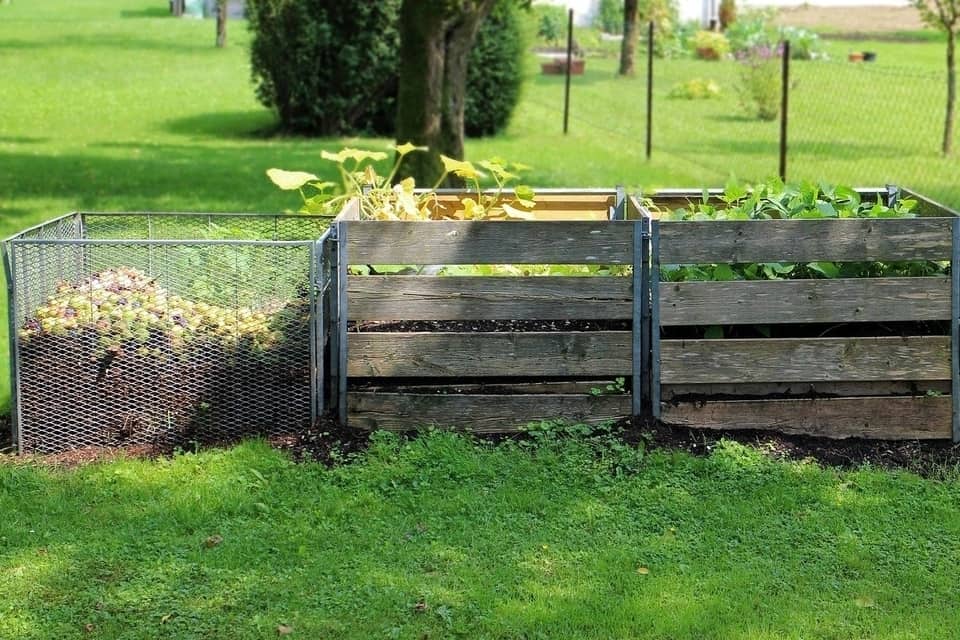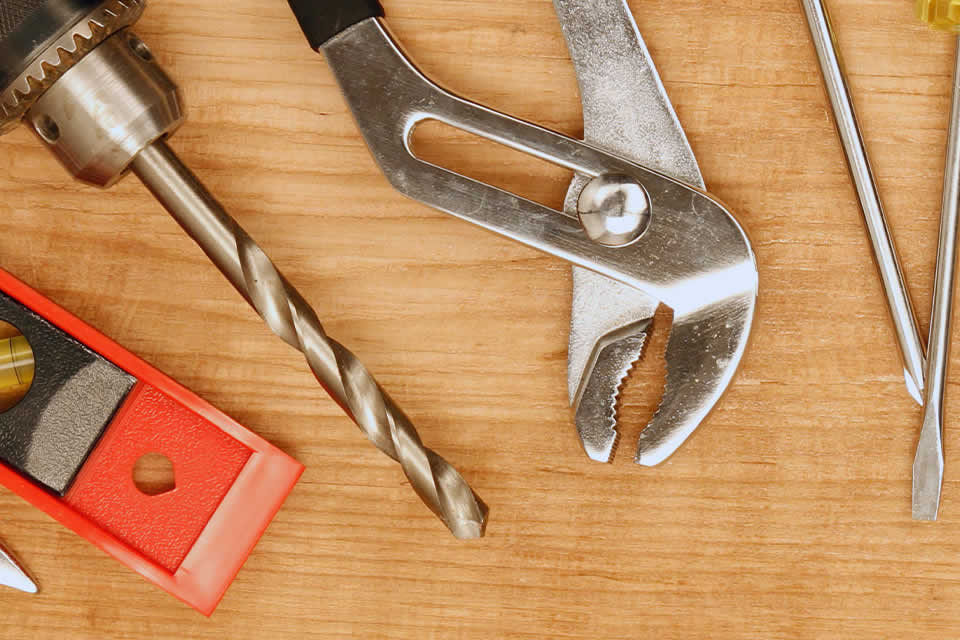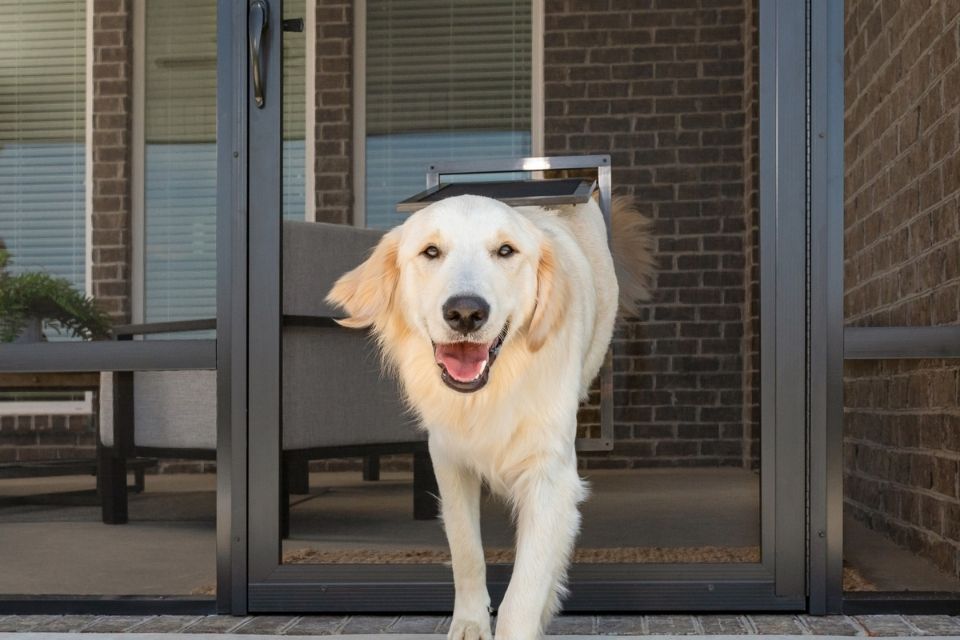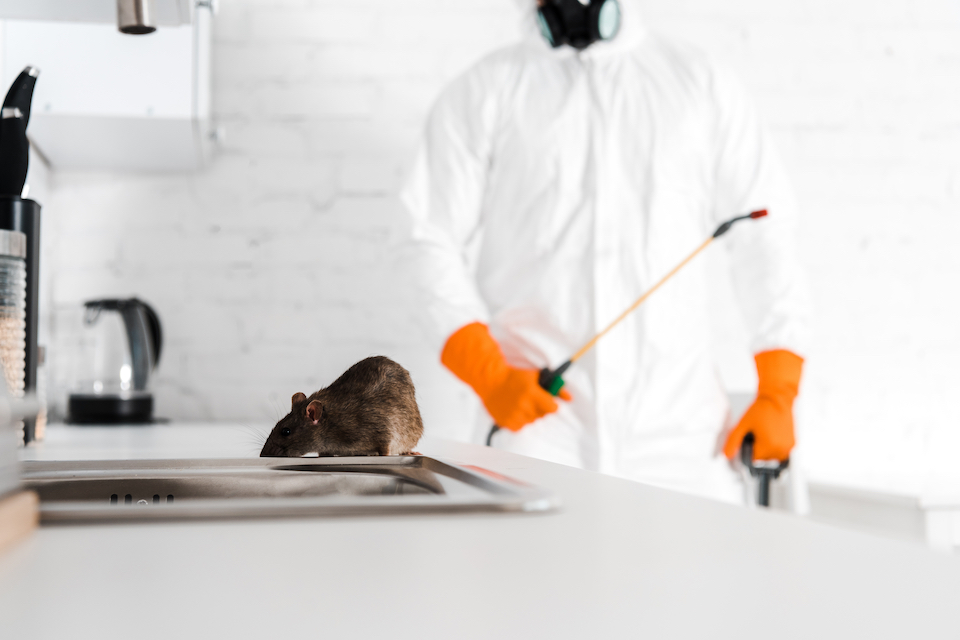Introduction
Composting is an incredibly effective way of growing healthier crops and has been used for plant and crops for a long time. In this composting guide, we’ll discuss what is composting, how to start composting, how to compost at home, and a couple of problems you might face on the way.
- Introduction
- What Is Compost?
- What Is Compost Used For?
- Why Should I Compost?
- How to Make Compost
- Composting Tools
- What Can You Put in a Compost Bin?
- What Not to Compost
- Where Is the Best Place to Put a Compost Bin?
- How Long Does It Take to Make Compost?
- How to Take Care of a Compost Bin
- Composting Safety
- Does Composting Attract Pests?
- FAQs
- Sources
What Is Compost?
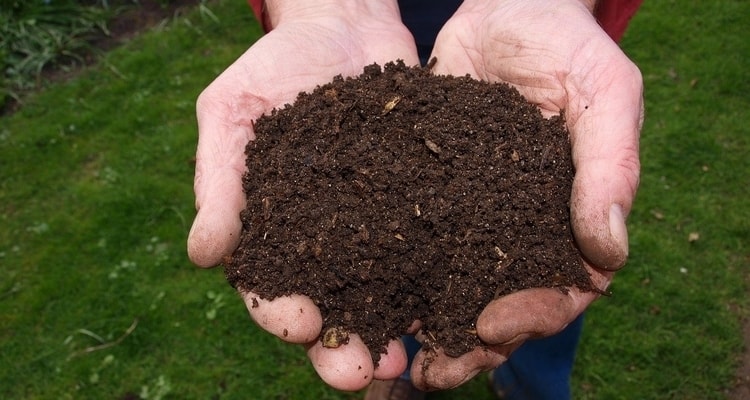
In case you’re unsure what compost is, the easiest way to define it is as an earthy material which is used to improve the health and quality of the soil. This, in turn, leads to sturdier and healthier crops. Think of compost as a sort of vitamin for the soil as it helps boost the nutrients found in the ground and is composed of various organic matter that’s decomposed over time, known as composting.
As you can imagine, compost is well stocked with a variety of nutrients, minerals, and soil organisms. Apart from that, compost is healthier for the soil as it is devoid of chemical components that some fertilizers have. Also, it is an excellent way to propagate the circle of life as compost is made up of waste materials which then evolve to become food and then turns into waste again.
Unlike the process of commercial fertilizers, composting is a slower process if left to nature. Still, with the development of composting techniques we have come a long way and can now speed up the process with the use of some effective composting items. What’s more, the process has become a lot easier as the materials necessary can be found in your home, and it’s not difficult to create an efficient home compost.
What Is Compost Used For?
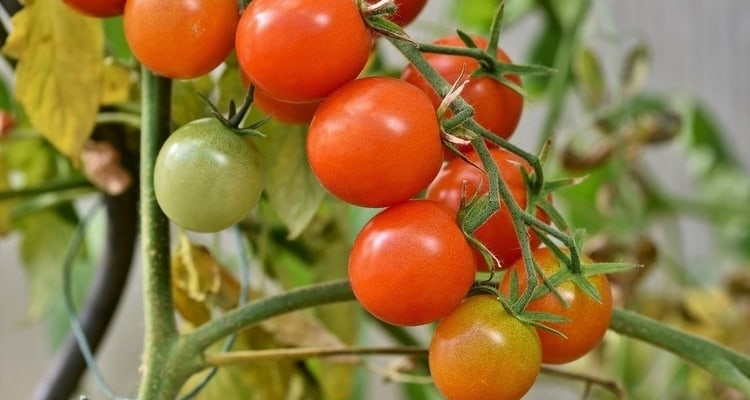
As mentioned earlier, compost acts as a sort of vitamin for the soil. When added, it helps to improve the quality of the soil, which increases the health of the plants that rely on the earth to survive. Composting is great as it is pretty effective and convenient due to how easy it is to gather the necessary materials.
Microorganisms are the major protagonists as they are found everywhere in the environment. That said, there are three stages that the compost goes through to reach its final stage. The first involves mesophilic microorganisms, which generally thrive in temperatures between 68 to 113 degrees Fahrenheit. They kick off proceedings by slowly breaking down biodegradable compounds which produce heat.
Once done, the thermophilic microorganisms take over, and these are organisms that thrive in even hotter environments which make them perfect for this stage of compost creation. This second stage takes a little longer and can last up to several months. The thermophilic microbes further break down the organic materials into smaller bits with the higher temperature perfect for complex carbohydrates, and fat.
As with the first stage, temperatures are quick to rise and go even further this time. As a result, you’ll need to be careful as if it gets too hot; the helpful microbes can get killed off, leaving you with useless materials that serve no purpose. Therefore, techniques such as turning over, aeration are useful as they introduce some air into the developing compost and reduce the temperature, keeping it at around 65 degrees. That’s not all, as these techniques also make way for new materials that the thermophilic microorganisms can work on.
Finally, we have the third stage which takes even longer. Typically lasting several months, the thermophilic microbes finish up the supply of compounds, and the temperature begins to drop. As a result, mesophilic microorganisms come back into play and then finish up the job by breaking down the rest of the organic matter. The result is dark humus that can now be used!
Why Should I Compost?
Composting is a great idea. Home composting has a fair few benefits that are good for you, and also a significant plus for the environment. Below are some of the reasons why you should seriously consider composting at home.
Reduces Landfill Waste
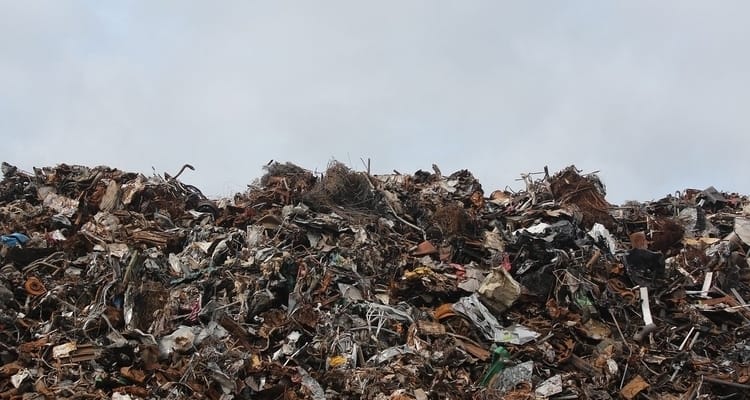
Landfills are an ineffective way of managing waste as research has clearly shown. This is because of the incredible damage it does to the environment. This is because landfills are chock-full of stagnant waste. This leads to the release of greenhouse gases that are harmful to the environment because landfills are packed so tightly that there’s insufficient oxygen to facilitate the decaying process.
On top of that, the regular burning of the trash to get rid of it introduces toxic ash into the environment. Carbon dioxide is also released into the air, which goes a long way in ruining the atmosphere. So, consider composting today as at least 40% of the residential waste you produce is compostable.
Garden Benefits
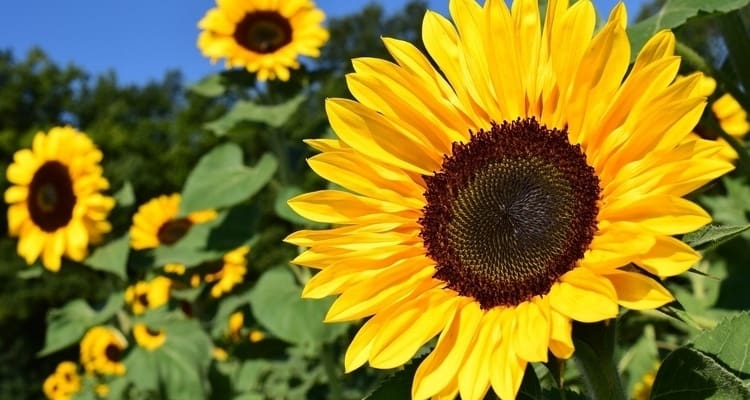
Granted, compostable items might churn your stomach depending on your sensibilities, but make no mistake; your plants love it! This is because compost contains a lot of nutrients that plants need and, in the process, will also provide the soil with moisture while keeping the soil’s pH balance at a great level. Compost contains phosphorus, nitrogen, and potassium, which are great for the soil and helps improve its condition, thereby granting it the right material to produce healthier flowers.
It’s Good for the Soil
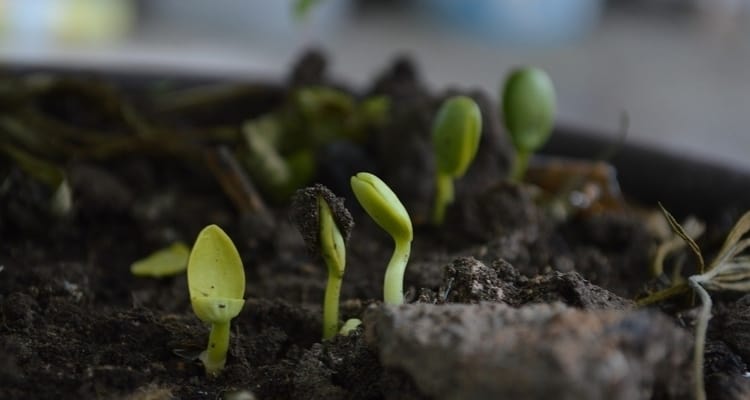
The soil is part of the earth and deserves as much attention as the air or ozone layer. Composting helps in this regard as it provides an excellent environment for bacteria, fungi, and so on. What more, your compost heap doesn’t produce any methane or other harmful substances as all it does is recycle waste into renewable energy for your plants. Humus, which is the by-product of composting, is rich in nutrients and benefits the soil considerably.
Saves Money
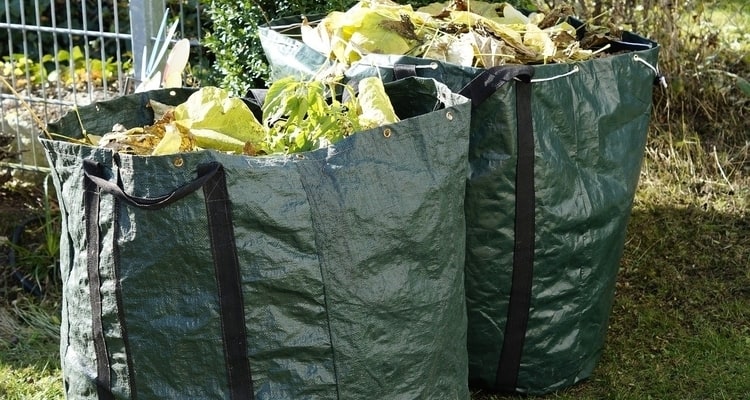
One of the most attractive features of compost is how affordable it is as it can even be created for free. Since it makes use of waste materials that you have no use for, you can create effective and helpful compost with things that are found around the house. Therefore, you don’t have to spend on chemical fertilizers which are not even as effective.
Compost also help to retain soil moisture, which means you end up using less water on your plants - which helps you save a few bucks. Besides, your compost stays intact even in the case of heavy rainfall which means that there is less waste.
How to Make Compost
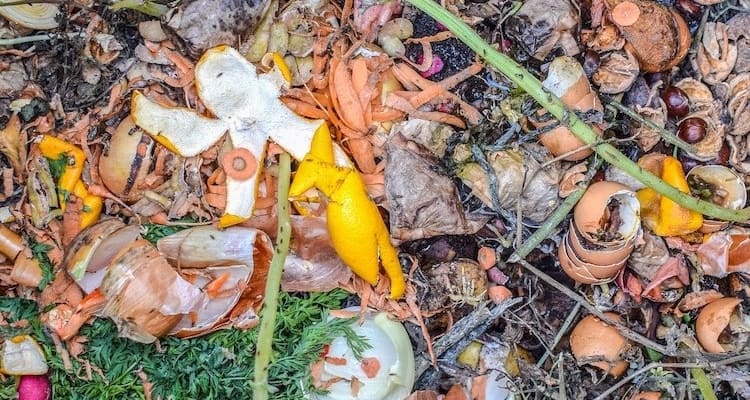
With all that has been said so far, you might find yourself wondering if you will be able to create an effective compost without any external help. Not yo worry as below, we’ll outline all the necessary points to create something of a composting for beginners’ guide to help you in this process.
Gather Your Materials
The first thing you want to do is gather all the materials you’ll need to create an excellent compost. Ensure that you have a large pile that is at least three feet deep and should ideally be a combination of stuff like some animal waste, coffee grounds, food scraps and on. Also, you’ll need a few ‘brown’ elements which include dried leaves, cardboard, straw, and a host of other materials.
Once all of this is gathered, you can get to work. Ensure that your compost pile contains more brown materials than green as this produces the best results. While compost doesn’t smell like roses, you have to be careful, so it doesn’t smell too much. If it turns out smelly, simply add more leaves, shavings, cardboard and so on to aerate the heap. Similarly, if it is too dark and dry, feel free to add a few food items and waste to balance it out.
Water Your Heap
Water plays a massive role in the composting process. Therefore, you should ensure that you water your compost heap regularly. While water is essential, you also need to be careful to prevent using too much water as this will only serve to drown the microorganisms in a heap and turn your compost heap to rot instead. For the best results, sprinkle some water on the heap, enough to wet all areas of the compost without flooding it.
Also, keep an eye on the temperature of the pile to ensure it’s not too hot as this is also detrimental to the microbes, which require a perfect environment to thrive. To achieve this, you can enlist the help of a thermometer, or if you don’t have one, just thrust your hand into the middle of the compost to check its warmth.
Stir Things Up
Gathering and watering the compost heap are significant steps to creating the ideal environment for your plants to thrive, but your job does not end there; you also need to stir the mixture about once a week during the growing season. This is to ensure that oxygen and other substances can get into the compost heap.
If you want to be particular, you should turn with a garden fork once the thermometer reads between 55- 65 degrees Celsius. Not only does stirring introduce oxygen and so on, but it also prevents the material from developing a bad smell. To help the process along, you should shred up the food scraps you’re throwing in there as this leaves the microorganisms with less to do.
Serve While Hot
Now your compost is good and ready, and you can proceed to place it into your flower pots. Add about 6 inches into your flower bed and pots and watch your plants thrive. Also, some gardeners take the extra step of creating ‘compost tea’ which is made from finished compost and is taken through a steeping process that lasts several days. Then it is strained and converted into homemade fertilizer. That said, this process is not a must to create healthy plants, and different gardeners have their ways of doing things.
Composting Tools
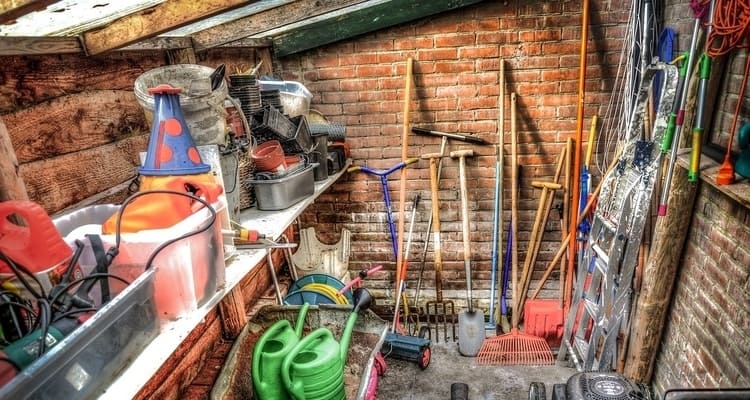
To create the ultimate, final product, you need the right composting tools. Thankfully, in this composting guide, we’ll examine all the tools you’ll need when creating an effective compost.
Turner
This could come in the form of a tiller, and it’s used to aerate the heap. Aeration is crucial as it introduces oxygen and other new bits to enrich the developing compost. Also, a turner is more convenient than a shovel which might not work as effectively.
Scoop Shovel
You’ll also need a scoop shovel when you’re done with the composts as it is the most effective tool for taking the compost to the flower beds and pots.
Hard Fork
Don’t neglect the hand fork as it eases the process of introducing new materials into the heap. Therefore, with the fork, you can create enough space to add new components into the heap, including food scraps and so on.
Pruning Shears
Composting requires some dry materials, including dead leaves, cardboard, old paper, and broken branches. However, throwing in a broken branch whole might not be the most effective method, which is why you might need pruning shears to properly break down this bit.
Thermometer
As mentioned, you can thrust your hand into the pile to check its warmth. But it is advised that you make use of a thermometer as this gives a much more accurate reading and increases your chances of crafting the perfect compost.
Spade
A spade is a pretty useful tool which helps to break up most of the compost pieces. Thanks to its sharp edge, it possesses the required power to break up most foodstuff, leaves, and other stuff you choose to add to the pile.
Containers
These are one of the most important compost tools as they are essential when moving scraps from one place to another.
Compost Bins
Compost bins are necessary tools which serve to house your compost before it can be used on plants. Therefore, they are constructed to aid in the decomposition process and contain materials that promote moisture retention and aeration. Fortunately, these bins can be purchased commercially, and they come in various shapes and sizes, so you are provided with a wide variety of options. That said, it is usually advised to leave about 4-6 square feet for the bin.
Compost bins are made with various materials, each of which brings its benefits and drawbacks. For instance, wooden compost bins are quite popular but can rot if not attended to properly. There are other materials to choose from, including plastic, resin, ceramic and so on; however, you should carefully examine each one as they all have drawbacks. But, if you would like to go down the DIY route, you absolutely can and just need a few materials to create your compost bin. It should be noted that a self-made compost bin is not necessarily cheaper than a commercial one, and it might be lacking in some areas, including odour resistance features. One of the easiest compost bin setups is the wire bin, which is lightweight, cheap, and easy to make. However, be sure of where you want to place it as once complete, it is difficult to move.
How to Make a Wire Bin
If you are interested in making a wire bin, you simply need some wire fencing and chicken wire to create an effective compost bin.
First, drive in some metal posts into the ground to provide some extra support for the wire. Then, once you’ve determined how large you want the bin to be, you can get started. Ensure you wear protective gloves as you don’t want to obtain some nasty cuts in the process. Next, cut up the wire you wish to use and trim them appropriately. Finally, you can wrap the wire around the posts and tie the cords together.
How to Make a Trash Can Compost Bin
If you want to try something different, you can go for a trash can compost bin which is just as easy as a wire bin.
Firstly, select an adequate can, preferably one that closes completely. Then, drill some holes into the can for proper ventilation. Ensure that the holes are about 6-12 inches apart. Next, you should cover up the holes with wiring or a net to prevent pests from accessing the compost. After that, place the trash can on a raised platform (cement blocks are just fine) and fill it with compostable material.
How to Make a Trench Compost Bin
This is perhaps the easiest form of compost bin available. It entails digging a trench and filling it with compost. However, for the best results, you should follow the short outline below.
First, identify a safe space for the trenches, preferably in your garden. Then proceed to dig a trench that is between 12 and 18 feet deep. Then you can dump your compostable material into the trench. Ensure that you fill only about 4-6 feet and then cover with soil. You can add some mulch to prevent the soil from being damaged, and you’re good to go.
Trench compost bins are quite popular as they are low maintenance and can be planted on directly. Therefore, you might not even need a shovel to move the compost to another location. However, it does have its drawbacks as it is usually a time-consuming method.
What Can You Put in a Compost Bin?
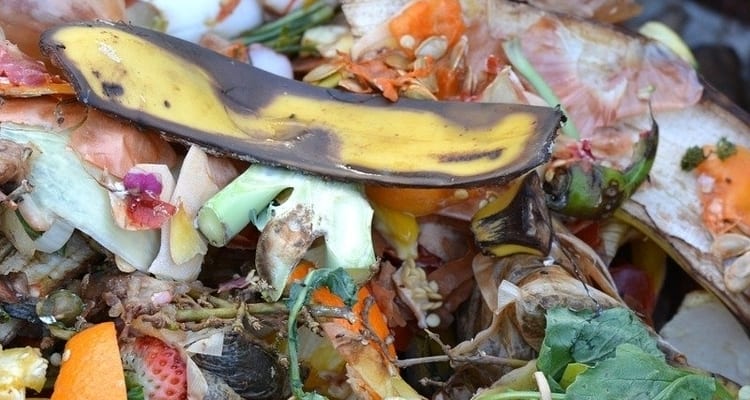
Figuring out what to compost isn’t as tricky as it’s made out to be. All you need to do is pay close attention to the components of your heap, and you should have no problems at all. Before adding anything to the heap, consider if they are organic and biodegradable. So, natural components such as grass, leaves, branches, and so on are all great additions.
Furthermore, you can add chicken manure, freezer-burned fruits, frozen and unusable veggies, wood chippings, frozen fish, and so many other ingredients into the pile. They all add excellent nutrients to the soil and make excellent compost material.
What Not to Compost

Now that we know what can be composted, how about some of the things that can’t? While there are so many things that can go into compost, there are a few things that you should avoid adding to your heap. Some of these items include:
- Glass
- Fat and oil
- Cat and dog faeces
- Plastic
These are some harmful materials that can ruin your compost. For instance, fat and oils attract pests as does meat and bones, so avoid adding that to the compost. In addition, it is best to avoid adding plastic to the equation as it is not biodegradable and would only serve to ruin the compost. As for pet waste, this is dangerous as it may contain some harmful bacteria while yard trimmings laced with pesticides will kill the microorganisms that are helping the composting process.
Where Is the Best Place to Put a Compost Bin?
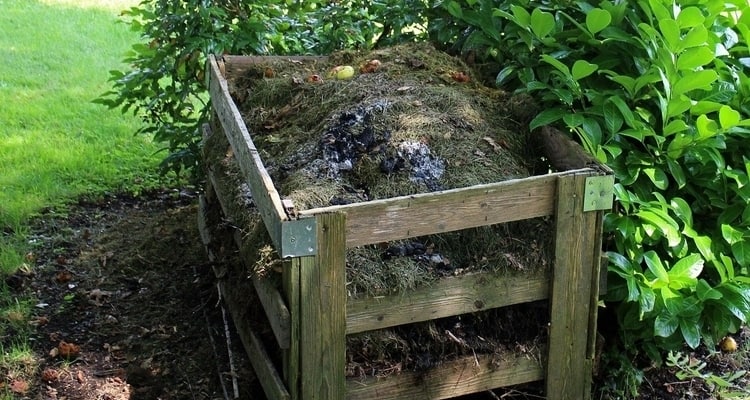
The location of your compost is significant, as it plays a role in how well it will turn out. Therefore, ensure that your compost bin is placed in an easily accessible area where you can regularly check on it. Furthermore, it is best to put it in an area of the garden that is well-drained and has access to sunlight. So, if you decide to place it in the corner of your garden, scout the area to determine if it has the necessary components for your compost to thrive.
How Long Does It Take to Make Compost?
The length of time your compost would need to mature is dependent on several factors, but keep in mind that it could take anywhere from three months to two years to fully mature. There are a few ways to speed up the process, including regular maintenance, properly breaking down most of the components when filling up the bin and making use of a suitable compost bin.
For instance, using a trench bin is very easy and convenient, but it takes a lot of time, and it would be much faster if you used a wire bin.
How to Take Care of a Compost Bin
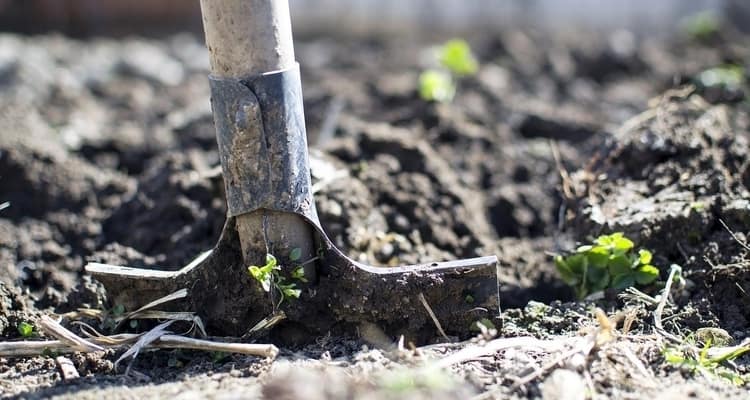
Just like any other process, composting requires some maintenance for the best results. Apart from that, regular maintenance also speeds up the process. So what does maintenance look like? Well, it’s necessary to always ensure that the compost heap has a decent amount of water along with air, sunlight, and fresh compostable materials.
Moreover, the compost needs to be kept heated. To achieve this, you can heat water to about 60 degrees Celsius before introducing it to the compost heap. Water heated at a lower temperature slows the process, so it’s important you get it right.
In addition, turn the compost from time to time to encourage aeration. Also, once you’re done turning, shift the top of the pile to maintain the internal temperature.
On top of that, check to ensure that the pile never gets too dry or wet as each state adversely affects the compost pile. If you live in an area with heavy rainfall, consider using a tarp to protect the heap from a deluge of water. Once you’re done, look over your work; ideally, your compost should be consistent with an earthy smell and dark hue.
Composting Safety
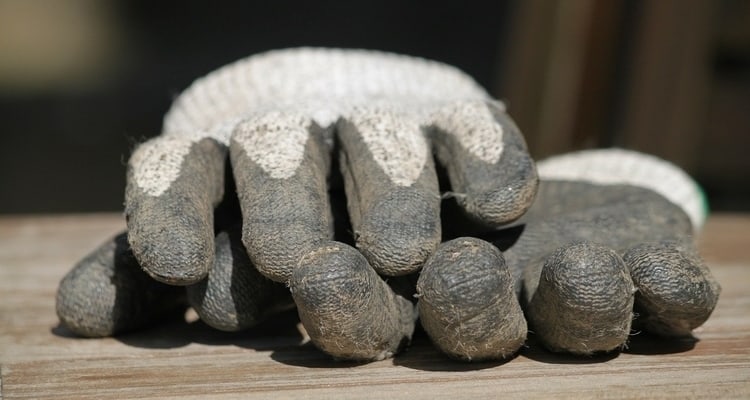
A well-made compost heap is healthy for your plants, but you need to be careful when creating it as you could leave yourself open to harmful bacteria. So, to adequately protect yourself from potential harm, ensure you:
- Wear protective clothing, including gloves, to reduce the contact with the compost.
- Wear footwear without holes or spaces.
- Employ the use of goggles while turning to protect your eyes.
- Wear a nose mask to avoid breathing in dust particles.
- Wash your hands after working with the compost.
- Keep the pile from flammable materials.
Does Composting Attract Pests?
You can imagine that with all the fun stuff in your compost pile, a few pests may want to wander in and grab a bite. It should be noted that pests are not welcome to your pile as they disrupt the process. Two major types of pests could potentially attack your compost heap.
Mammals
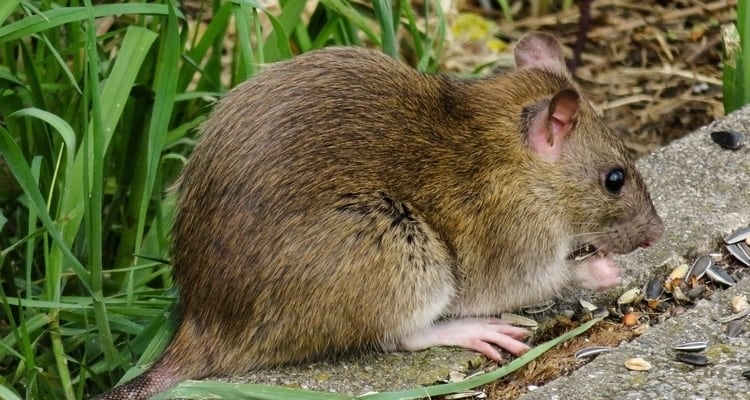
Rats, raccoons, and rodents might be attracted to some of the components of your pile. It is for this reason that you are advised against using meat, fat, oils and so on in your pile as these are the components most likely to attract pests. So, to guard against pests, it is a good idea to keep the compost bin closed with enough space for air, but not enough for pests. Also, you can cover the compost with a tarp or build a fence around it.
Insects
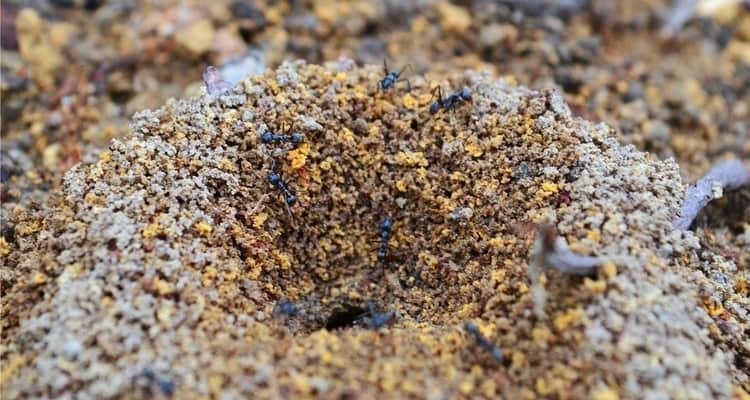
If there is insect infestation in the pile, it generally points to a lack of heat. So, you can add some water and turn the heap to force the insects out and increase the internal temperature of the pile. Insects are not always a bad addition to a compost heap, but it’s best to get rid of them as soon as possible.
Composting is good for the environment, soil, plants, and even for individuals. Since it is an outdoor activity, it presents an opportunity to do something with a spouse, child, or good friend. In addition, it helps to save money, and it can provide a sense of accomplishment at having done something good for the earth.
FAQs
Q: How long does grass take to compost?
A: Grass generally shouldn’t take too long to compost, and a well-maintained grass pile should take about three months to compost properly.
Q: How do you know when compost is ready?
A: As mentioned earlier, ideally, you’d like your compost to be even and consistent. Also, it should possess a dark hue and an earthy smell. Most importantly, you shouldn’t recognize any of the individual components of the compost. So, while a smile twig can stick out here and there, there shouldn’t still be pieces of grass, fruit, veggies or anything else you initially put in.
Q: Can you compost bread?
A: Yes, bread is an excellent compost material. This is because it decomposes rather easily and adds some solid quality to the heap. Also, it is an excellent source of nitrogen which improves the quality of the heap.
Q: Can soil be composted?
A: Yes, especially if it is used as a base for the rest of the materials. Ensure you don’t overdo it as that will only hinder the process
Q: Do pesticides break down in the compost?
A: This depends. For this reason, it is best not to introduce pesticides into the compost at all. Because while some pesticides break down into harmless chemicals in the compost, some do not and can wreak havoc on the developing humus.
Sources
- http://www.carryoncomposting.com/142941469
- https://en.wikipedia.org/wiki/Compost
- https://earthmatter.org/wp-content/uploads/2014/04/History-of-Compost.pdf
- https://www.johnquinnrealestate.com/home-composting-guide/
- https://www.backyardboss.net/things-you-can-compost/
- https://www.bbcleaningservice.com/home-composting-guide.html
- https://www.thereviewsinsider.com/guide-for-composting/
- https://www.epa.gov/recycle/composting-home
- https://greenactioncentre.ca/reduce-your-waste/why-should-i-compost/
- https://www.recyclenow.com/reduce-waste/composting/why-compost
- https://www.onegreenplanet.org/lifestyle/5-reasons-why-composting-is-the-greenest-thing-you-can-do/
- https://www.bhg.com/gardening/yard/compost/how-to-compost/
- https://www.thespruce.com/compost-bins-and-how-they-work-2131027

